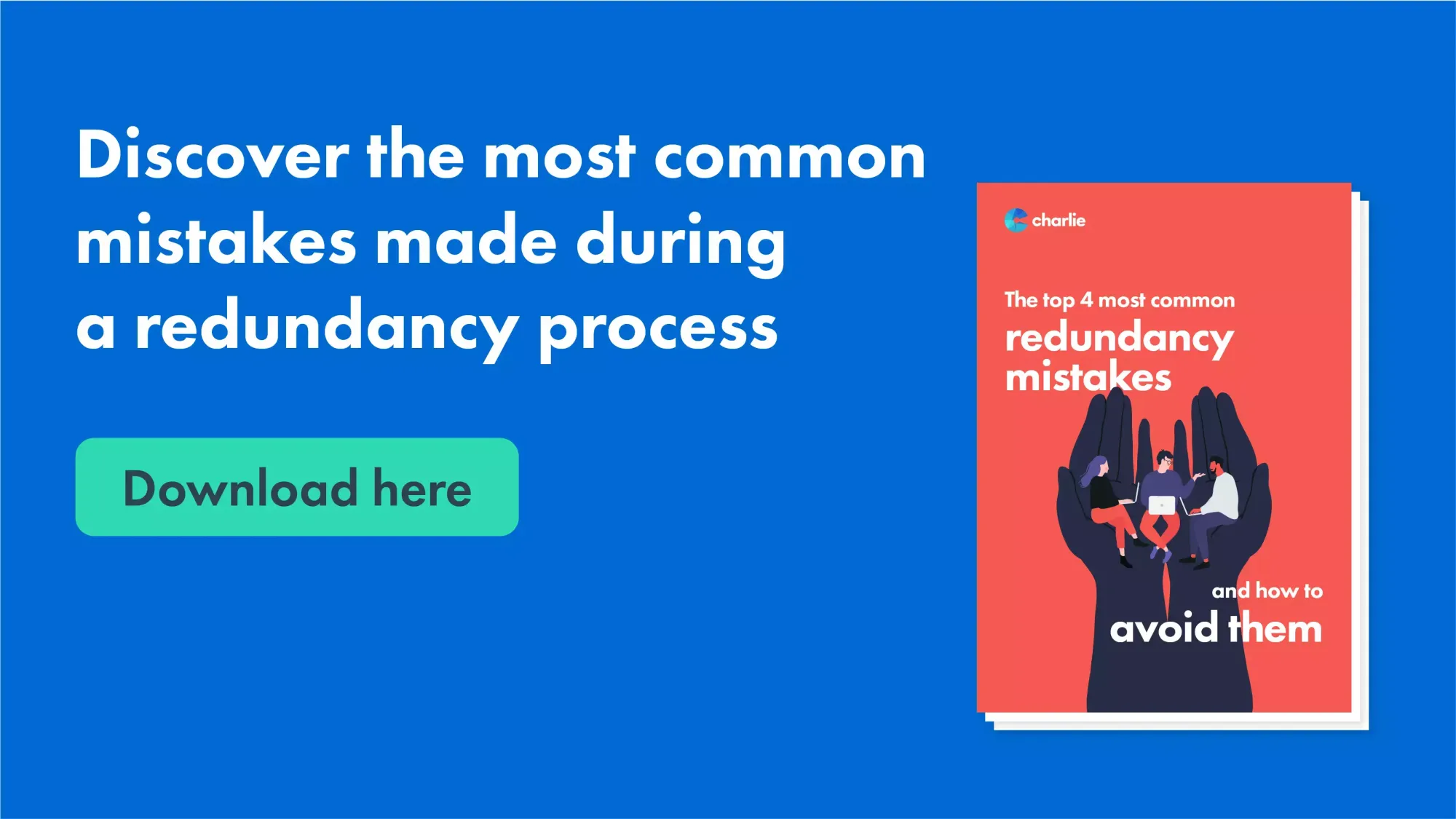Redundancy Pay If Company Goes Bust: Recognizing Your Entitlements in the UK
Wiki Article
Discovering the Operational Dynamics of Business Redundancy and Its Long-Term Sustainability

Redundancy Methods for Business Continuity
In order to ensure uninterrupted operations, companies have to execute reliable redundancy methods for company connection. Redundancy in this context refers to the replication of vital parts or features within a system to alleviate the impact of prospective failings. By incorporating redundancy methods, companies can improve their durability versus disruptions triggered by various factors such as natural catastrophes, tools failures, or cyber-attacks.
One typical redundancy approach is the implementation of backup systems and data storage space remedies. This entails producing duplicates of necessary data and systems that can be triggered in instance of a primary system failure. Additionally, organizations can develop redundant interaction networks and power resources to maintain connectivity and operations during unexpected occasions.
Moreover, cross-training employees to carry out several duties within the company can act as a useful redundancy method. This ensures that essential tasks can still be accomplished even if essential personnel are not available due to ailment or other factors. In general, reliable redundancy methods are crucial for businesses to support functional connection and lessen the influence of prospective disturbances.
Effect of Redundancy on Organizational Resilience
Offered the important function redundancy strategies play in making certain business connection, exploring the effect of redundancy on business durability becomes imperative for comprehending the all natural operational characteristics of a business. Redundancy, when strategically carried out, can significantly add to enhancing an organization's strength in the face of unexpected difficulties.Additionally, redundancy can boost worker spirits and confidence, knowing that there are contingency strategies in position to resolve unpredicted scenarios. This complacency can cause enhanced performance and a much more positive job setting. In addition, redundancy can promote development and creative thinking within an organization as employees really feel equipped to take computed risks, understanding that there is a safeguard to sustain them in case of failure. In general, the influence of redundancy on business strength is profound, forming the long-term sustainability and success of a firm.
Stabilizing Efficiency and Adaptability in Redundancy
Accomplishing a harmonious balance between operational efficiency and flexible versatility is a crucial challenge in the calculated implementation of redundancy within organizations. Effective operations are essential for maintaining efficiency and cost-effectiveness, ensuring that resources are utilized optimally. Nonetheless, excessive emphasis on effectiveness alone can lead to rigidness, making it tough for organizations to adjust to unexpected adjustments or obstacles. On the other hand, flexibility enables organizations to react nimbly to progressing scenarios, promoting technology and strength. Yet, way too much flexibility without a solid functional structure can lead to inadequacies and incongruity.To stabilize effectiveness and versatility in redundancy preparation, organizations should thoroughly assess their operational needs, market characteristics, and calculated objectives. Implementing lean techniques can enhance effectiveness by streamlining processes and removing waste, while cultivating a culture of flexibility and continuous improvement can improve versatility. Furthermore, purchasing cross-training programs and durable interaction channels can assist grow a functional workforce qualified of taking care of varied jobs throughout durations of change. Eventually, discovering the best balance between effectiveness and adaptability is vital for developing a sustainable and resistant organization despite uncertainty.
Long-Term Sustainability Through Redundancy Planning
To ensure long-lasting practicality and security, companies have to purposefully align their redundancy preparation with long-term sustainability goals, thereby balancing functional effectiveness with adaptive flexibility. Firms should view redundancy not as a reactive service to prompt issues but as a positive strategy for long-term success.
Proactive Measures for Sustainable Firm Operations
Just how can firms proactively boost their operational sustainability for lasting success? Applying aggressive measures is crucial if a company goes bust who pays redundancy for firms aiming to make sure sustainable procedures.Furthermore, fostering a culture of continuous renovation and discovering within the organization can boost versatility to changing market problems and consumer needs. Motivating employee involvement in decision-making processes and providing chances for professional development can enhance morale, performance, and general performance. Establishing clear goals, keeping track of crucial performance indications, and consistently assessing development are essential parts of proactive sustainability monitoring.
Working together with suppliers, consumers, and various other stakeholders to promote lasting techniques throughout the supply chain can develop a causal sequence of favorable impact - redundancy pay if company goes bust. By taking positive steps towards operational sustainability, firms can build durability, drive development, and protect their long-term success in an ever-evolving service landscape
Conclusion

In the world of organizational management, the strategic deployment of firm redundancy stands as a crucial yet elaborate practice that requires a delicate equilibrium between operational performance and long-lasting stability. By studying the functional dynamics that underpin business redundancy and examining its wider implications for organizational strength and adaptability, a nuanced understanding of how redundancy approaches can shape the future trajectory of a company begins to unravel.Given the important function redundancy techniques play in ensuring business continuity, checking out the impact of redundancy on business resilience ends up being necessary for understanding the alternative operational characteristics of a business. Overall, the effect of redundancy on business strength is profound, forming the long-term sustainability and success of a firm.
In verdict, comprehending the functional characteristics of company redundancy is vital for guaranteeing long-term sustainability.
Report this wiki page